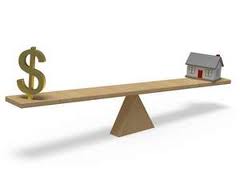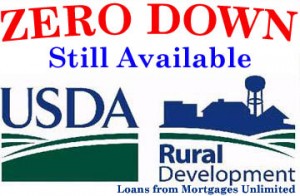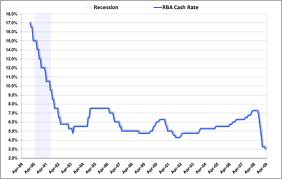St Paul, MN: The appraisal process often baffles consumers. May people feel that their home is worth more than true fair market value, so the appraised value doesn’t always make sense to them.
 The bulk of your homes value is based on finished square footage.
The bulk of your homes value is based on finished square footage.
It is important to know that the appraiser is completely independent from lenders, buyers, sellers, and real estate agents, and that the guidelines to which they adhere are dictated by the Uniform Standards of Professional Appraisal Practice (USPAP) and Fannie Mae.
In most states, the mortgage lenders must also disclose the purpose of the appraisal, as each transaction carries its own set of rules. In essence, these important guidelines help appraisers put a fair market value on homes based on comparable sales in the same area, and the home must be bracketed in size and value.
For example, there is no set dollar figure associated with a great view, pool, spa, bathroom upgrades, etc. If a homeowner installs a custom pool that cost them $30,000, but the local marketplace supports the value of a pool at $15,000, then that item will be bracketed as [$15,000] on the appraisal. Upgrades can usually be expressed at a higher percentage of their value in newer homes because the only way to obtain those upgrades was to put more money into the cost of building the home. On the other hand, the upgrading or remodeling of an older home is rarely reflected in full in the final appraisal. This is because typically 25-40% of the project involves demolition and the fixing of issues that aren’t uncovered until the project has already begun, such as plumbing or wiring that may need updating.
Ultimately, the value of the upgrades must be supported by comparable examples within the same marketplace. These comparisons must be drawn from current market activity. The general rule is ‘same or similar, sold within the last six month, within a one mile radius’ of your home. This is a safeguard to prevent appraisers from attaching too high a value to the home in question, and opening up the appraisal for review. This guideline further states that appraisers can only base their opinion on the value of home sales that have actually closed.
Maintenance items don’t increase value. That new roof you just added doesn’t really add any value. It was maintenance. If your home previously didn’t have a roof, and now you added a roof – that would add value!
Don’t confuse curb appeal with maintenance. Following the same roof theory. A brand new roof sure makes a potential buyer feel better about your home – but how much more would a buyer pay? Not much.
Mortgage lenders and Loan Officers must follow the guidelines in the Home Valuation Code of Conduct, which among other things prohibits a lender picking the actual lender (must be randomly assigned), from having any contact with, or influence on how the appraiser values a home.
Wondering what your home is worth? Thinking of selling your home, or refinancing to a lower interest rate? Only an actual appraisal from a licensed appraiser will give you a true number, but here is a online tool that can help give you an idea of what your home is worth.

 Simply put, the lowest rate & the lowest fees do not go hand-in-hand. NO LENDER can offer both together. I can give you rock bottom rates, but it will cost you in fees. I can give you the lowest fees, but it will cost you in interest rate. Most lenders quote their best rate in combination with covering all third party fees (appraisal, credit report, title company, state taxes, county recording fees, etc) with 1% origination. See the example below.
Simply put, the lowest rate & the lowest fees do not go hand-in-hand. NO LENDER can offer both together. I can give you rock bottom rates, but it will cost you in fees. I can give you the lowest fees, but it will cost you in interest rate. Most lenders quote their best rate in combination with covering all third party fees (appraisal, credit report, title company, state taxes, county recording fees, etc) with 1% origination. See the example below.
